The late cricket maestro Richie Benaud drew up a collection of rules which he used to keep sport of whatever kind in its proper perspective.
In his world, dropping a catch, missing a putt or fluffing a penalty should never be described by any commentator as a “disaster”, a “catastrophe” or a “tragedy”. These were words which should be reserved for when they are genuinely appropriate.
But, my God, how they were applicable as one surveyed the dreadful aftermath of the destruction which happened at the Kanjuruhan stadium in Indonesia on Saturday; one of those ghastly events where the unfolding pictures testified to a vision of Hell.
What happened in Indonesia?
At least 125 people died and hundreds of other supporters were injured in the aftermath of home team Arema FC’s loss to bitter rivals Persebaya Surabaya at the overcrowded ground in East Java, and the sight of fans crying as they desperately searched for their friends and family members was accompanied by anger about over-officious policing.
The incident began after officers tear-gassed people who invaded the pitch and, as panic spread, thousands surged towards the exits, where many suffocated.
There was a baffled bemusement on the face of Nico Afinta, the police chief at the fixture, who had anticipated a tense atmosphere, but not the killing field which erupted amid scenes which have become eerily familiar to those who remember such events as the disasters at Hillsborough, Heysel, Ibrox, Bradford, and across the world, where too little concern was paid to public safety, often with appalling consequences.
Mr Afinta, who confirmed that two of his colleagues were among the victims, said: “It had gotten anarchic. They started attacking officers, they damaged cars.
“But we would like to convey that not all of them were anarchic. Only about 3,000 entered the pitch”.
Scores of hysterical fans “went to one point at the exit. Then there was a build-up, and in the process of accumulation, there was shortness of breath, lack of oxygen”.
The impact, of course, was grievous, not only on the pitch invaders, but the majority of supporters at the match who included children and elderly aficionados and who were solely interested in cheering on their team and enjoying their weekend football fix.
Why do these tragic events still happen?
Fifa President Gianni Infantino described it as “a dark day for all involved in football and a tragedy beyond comprehension”, but that is the sort of platitude which belies the reality of these situations.
Namely, that we can comprehend why these sickening events occur, but not why they continue to cast a blight over a pursuit which has sufficient evidence of what to expect when fans are packed into arenas like sardines.
After all, it’s more than 50 years since the Ibrox Disaster, an afternoon early in 1971, when 66 Rangers supporters went to a match and never came home.
As in Indonesia, these were ordinary people caught up in a terrible event which quickly spiralled out of control.
And, while there was no violence inside the Glasgow stadium as the prelude to the crush, the carnage, the veil of tristesse which enveloped the ground and taxed emergency services to the limit, the outcome left the same question: Why?
Anxiety, terror, pain, sadness, disbelief, horror…all these emotions were draped across Scotland on that terrible night.
And, just as the authorities in Indonesia had to downgrade their estimate of the number of fatalities – the initial reports spoke of as many as 174 deaths – there was awful confusion and chaos in the hours afterwards.
Strange how a so-called “beautiful game” can be the catalyst for so much grief.
Of course, something terrible had happened, but what was the full extent of it?
We all have our own memories of these occasions. I watched some of the video footage from those outside Kanjuruhan stadium and was moved by the stricken testimony of one fan who was clearly in shock, and said: “I can’t find my son. I can’t find him.”
Collective confusion lingers while futile anger builds
It took me back to how the little Fife community of Markinch was so grievously affected in 1971, as the village where Peter Easton, 13, Douglas Morrison, 15, Ronald Paton, 14, Mason Philip, 14, and Bryan Todd, 14, five schoolboys who lived within a few hundred yards of one another, perished together on the accursed Stairway 13, which had previously witnessed an accident in 1961 and near tragedies in 1967 and 1969.
Decades later, the photographs from the archives reflect the collective mystification and bewilderment, accompanied by futile anger, that so many lives should have been lost, in the midst of what should have been a festive visit to a sporting occasion.
And yet here we are in 2022, and another investigation has been launched into another grisly toll of football lovers.
Fifa, the world’s governing body, has declared that no “crowd control gas” should be carried or used by stewards or police at matches.
But what’s the point of such edicts when they are apparently ignored by those who police these sort of hostile fixtures and where trouble has been forecast in advance?
And what consolation will it offer the bereaved families that Indonesian president Joko Widodo has called for this to be the “last soccer tragedy in the nation?”
It probably won’t be. And we’ll be asking the same things at some point in the future.
Strange how a so-called “beautiful game” can be the catalyst for so much grief.
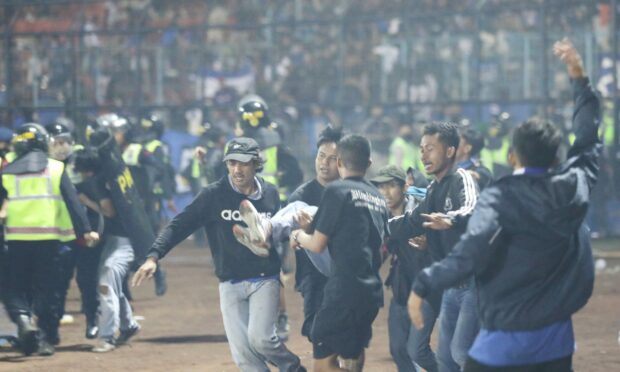


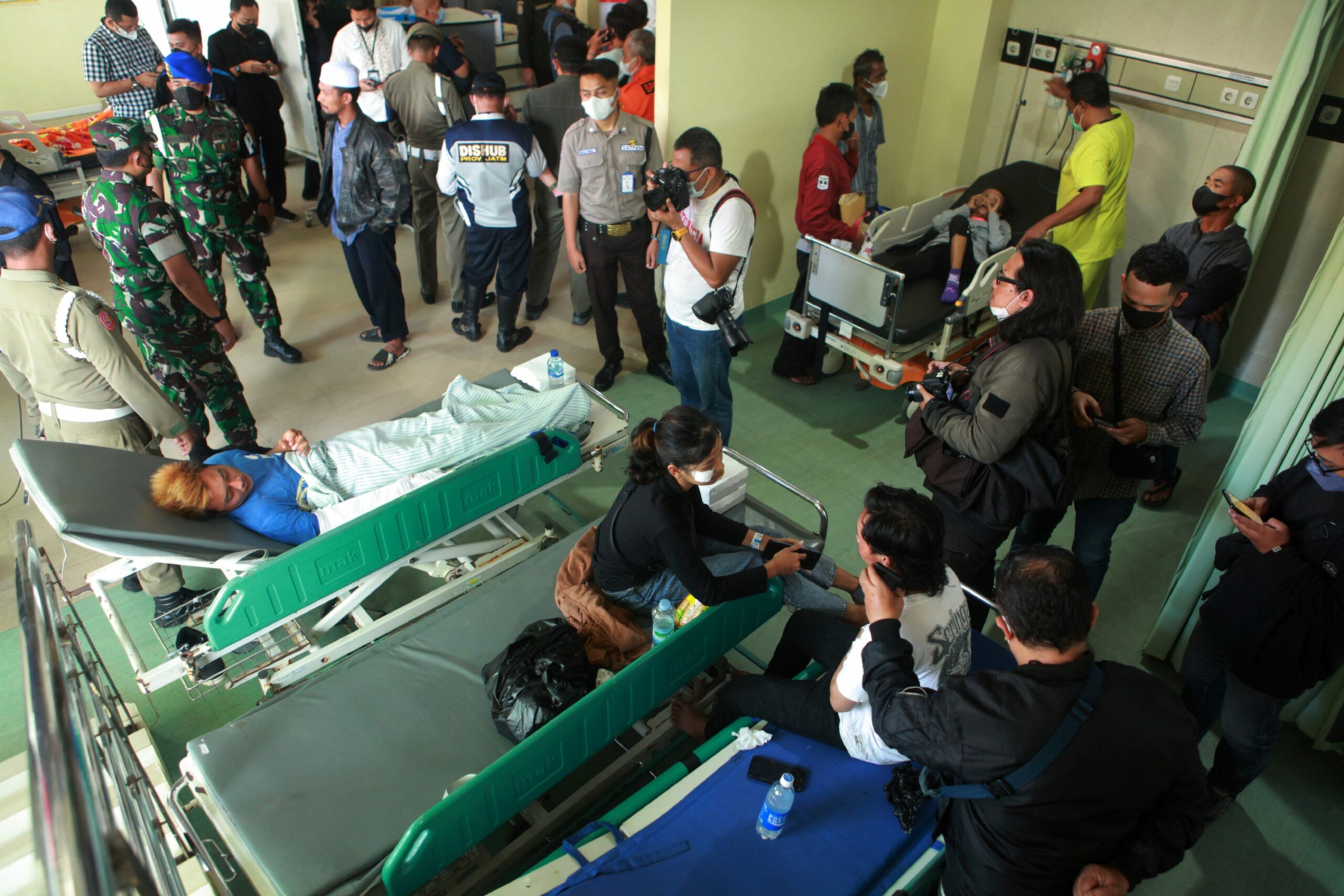
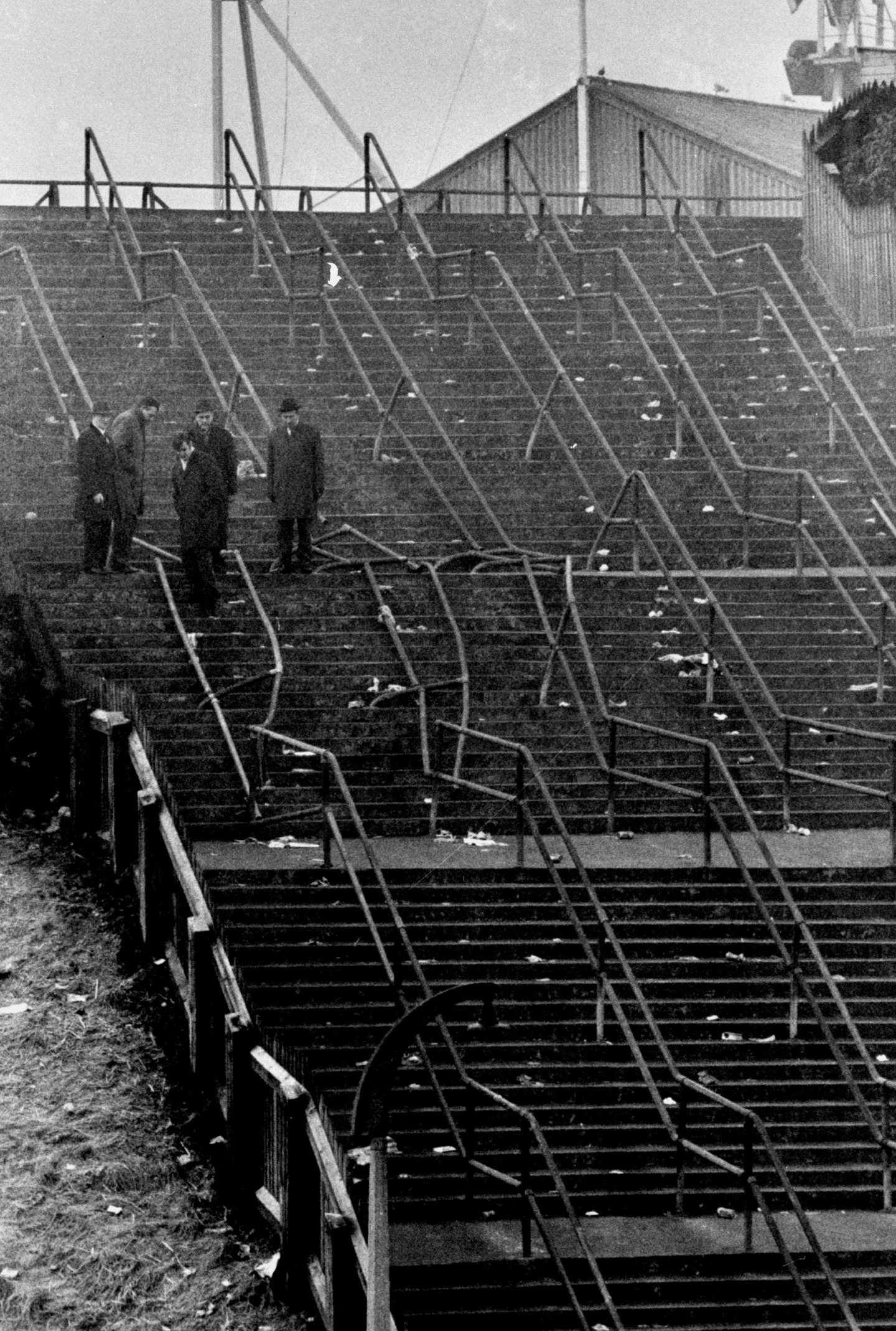




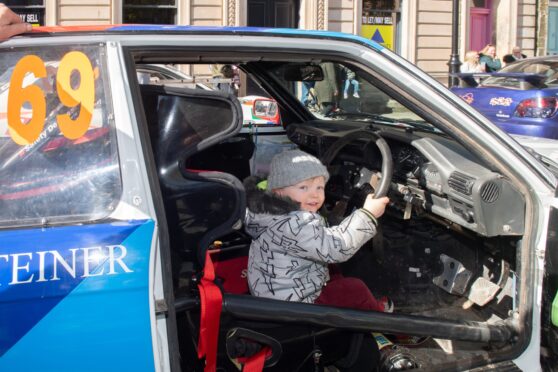

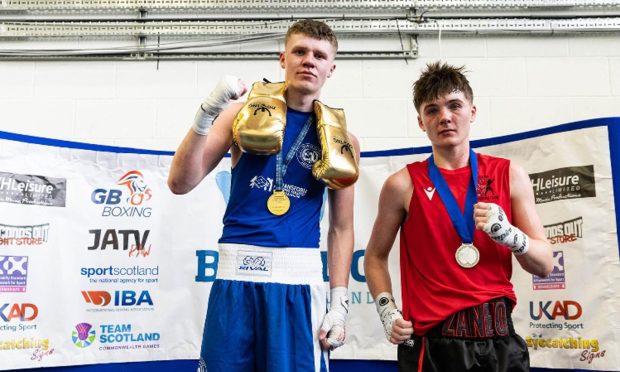



Conversation